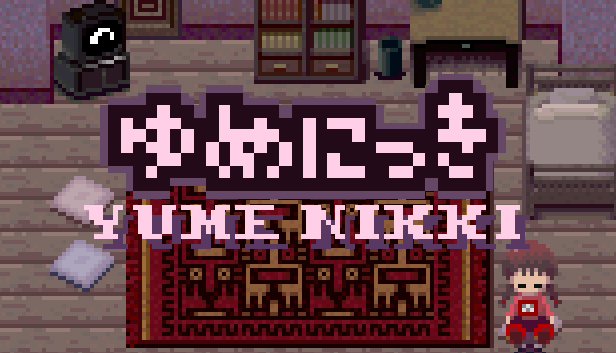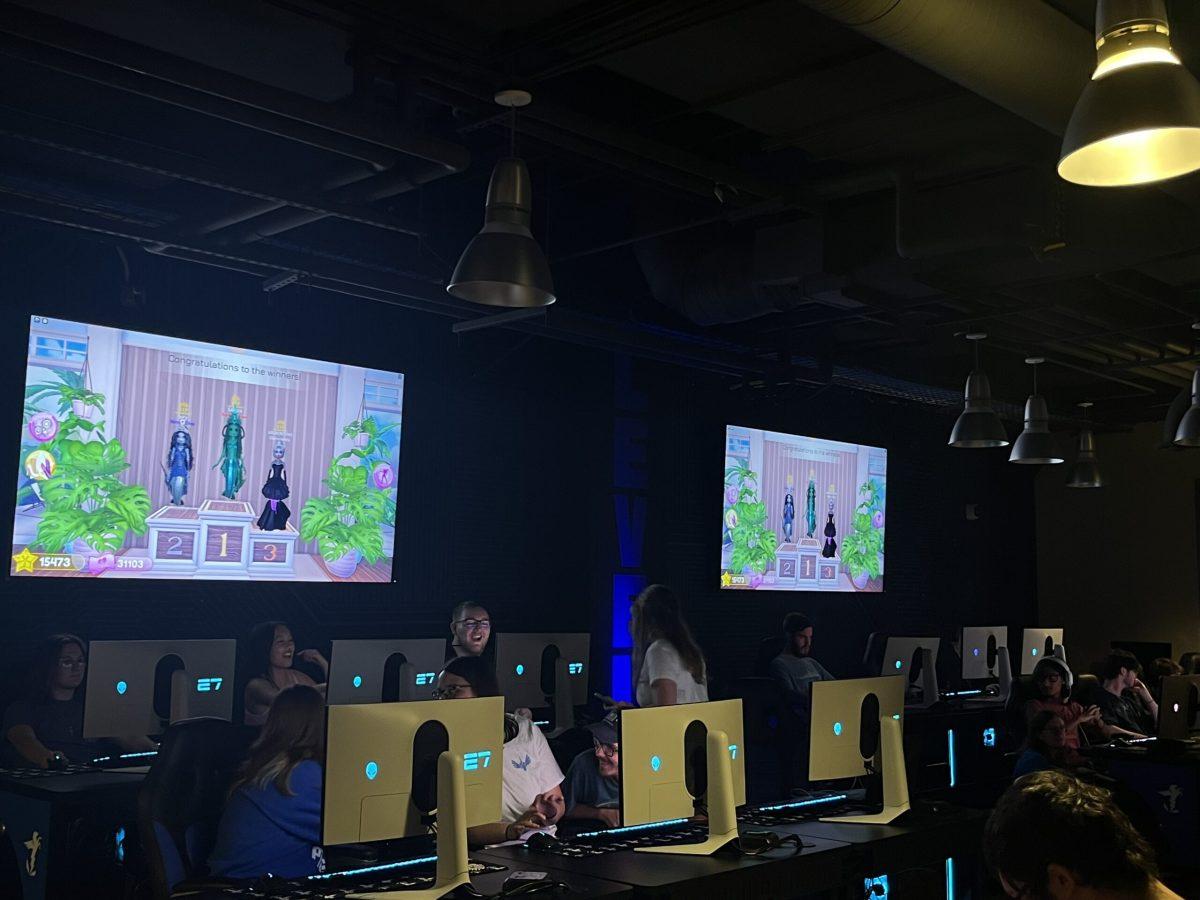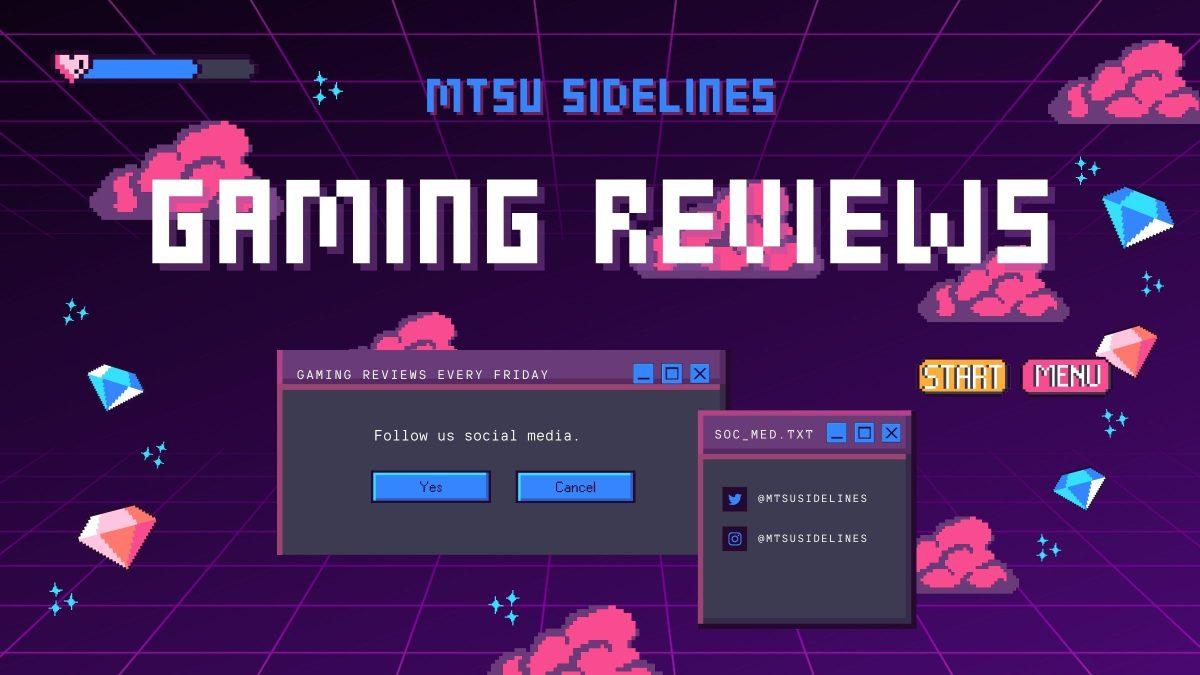Featured photo by Steam
Story by Larry Rincon
If you want more news like this, sign up for the Sidelines weekly newsletter here! Find it in your inbox every Thursday afternoon.
Content warning: This article contains a depiction of mental illness and suicide. This content is included in order to explain the narrative of the video game.
Imagine a game with three simple functions: wake up, go to bed, dream and repeat.
Yume Nikki is by no means an easy game to complete. It is known for its graphics and minimal features: exploring and collecting. The lack of in-game help, dialogue, and conflict contribute to the game’s difficulty to manage.
The people and places in the dreams, except for the main protagonist, Madotsuki, are not even given official names. It’s hard for players to understand the game in terms of narrative and message.
The overall consensus, however, is that Yume Nikki is a game that demonstrates how social isolation and depression affect a person, particularly when their own life becomes a burden.
The main purpose of Yume Nikki is to explore Madotsuki’s dreamscape. When players leave the apartment in Madotsuki’s sleep, they are transported to a room with 16 doors: The Nexus. The player can use any door to enter and explore abstract spaces, each with its own aesthetic. These rooms reflect the way Madotsuki sees her reality.
There are deeper locations that can be accessed through the main worlds, and some of these locations can reveal a bit more about Madotsuki and her mental state through–what the game refers to as–events.
Players can access a deeper location called The Wilderness, a large space of dying plants and dry soil, with a staircase called The Stairway to the Sky. When Madotsuki steps onto a specific spot of the stairs, there is a chance of seeing objects in the background sky resembling a man falling.
This event mirrors the game’s ending, and many players have concluded that it foreshadows what will come later.
Characters who exist in the dreamscape are important in deciphering more about Madotsuki’s personality. It is very likely that the individuals and the objects in the worlds behind the doors of The Nexus are based on actual references in Madotsuki’s life.
One type of creature is the Toriningen, which can capture Madotsuki and throw her into a jail-like cell. The only way to escape is by waking Madotsuki up.
Another notable game mechanic of Yume Nikki is the in-game effects a player can collect. They can be collected in any order, but some may simplify the process of finding others. In the end, however, all effects are needed to finish the game.
While some of the effects are cosmetic, players conclude that they may hint at aspects of Madotsuki, such as what she wishes to change and how she sees herself in the real world.
One of the deeper locations, Ghost World, contains a creature referred to as Fleebie. Interacting with it rewards the player with the Triangle Kerchief, worn upside down like a tiara. This is a symbol of death in Japanese culture and goes hand in hand with what players later experience at the end of the game. The effect turns Madotsuki into an invisible ghost.
Another similar effect is Faceless Ghost, which removes Madotsuki’s facial features, causing her to roam around faceless. Both of these effects are examples of what players believe to be the way Madotsuki feels she is like in the real world.
When all the effects in the game are found, Madotsuki must travel back to The Nexus and drop them. The effects adorn themselves in a ritual-like pattern, and users must stand at the center and wake Madotsuki up.
Everything is the same when she awakes, but this time, when the player goes outside onto the balcony, a small staircase appears. With nothing else to interact with, the player moves Madotsuki to interact with the staircase, and she walks off the ledge.
The screen goes black, and players hear a thud. A red stain splatter fades in, and two jellyfish from the dream world come in, marking the end of the game.
Yume Nikki forces players to accept the ending as it is since it is the only ending available. No matter what choices the player makes, in the end, what awaits Madotsuki is her throwing herself off the balcony.
If she were still in the dream world, did she do it to escape the fictitious recreation of her lived experiences in her dreams, or did she throw herself to end the nightmare she was living in the real world?
Many role-playing games are known to comment on mental illness. Yume Nikki represents it in an abstract way without dialogue.
There is no confirmation that Madotsuki is in any way suffering from a form of mental illness, but the experience of exploring the dream world gives the sense of an underlying issue.
There are clear themes of isolation and depression, and the narrative is driven by the main character’s anxieties and struggles, shown through an abstract, dream-like state.
If you are looking for something like Omori or even a game that doesn’t require any skills, Yume Nikki could be an interesting option to try.
Larry Rincon is a contributing writer for MTSU Sidelines.
To contact Lifestyles Editor Destiny Mizell and Assistant Lifestyles Editor Shamani Salahuddin, email lifestyles@mtsusidelines.com.
For more news, visit www.mtsusidelines.com, or follow us on Instagram at MTSUSidelines or on X at @MTSUSidelines. Also, sign up for our weekly newsletter here.












